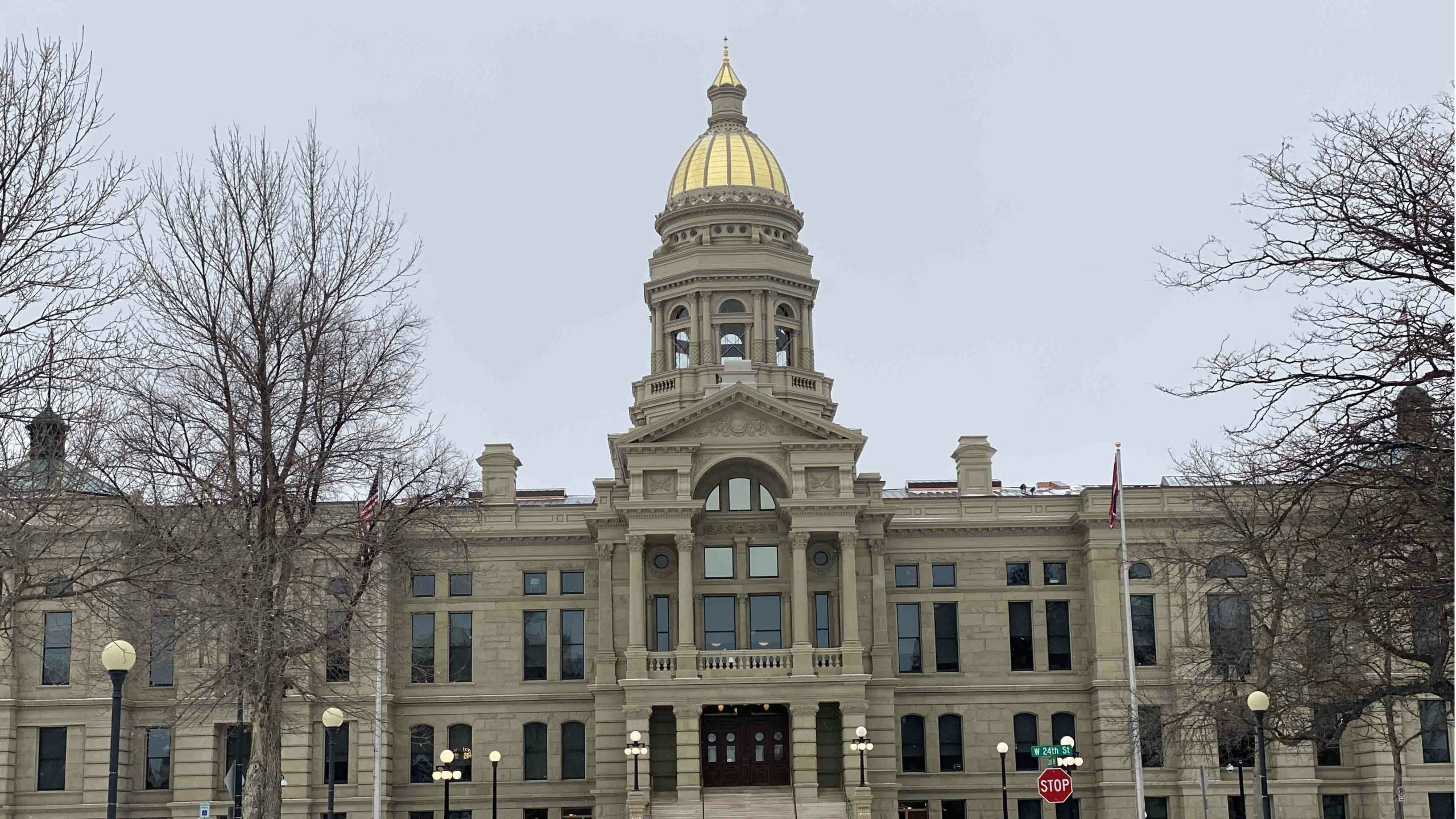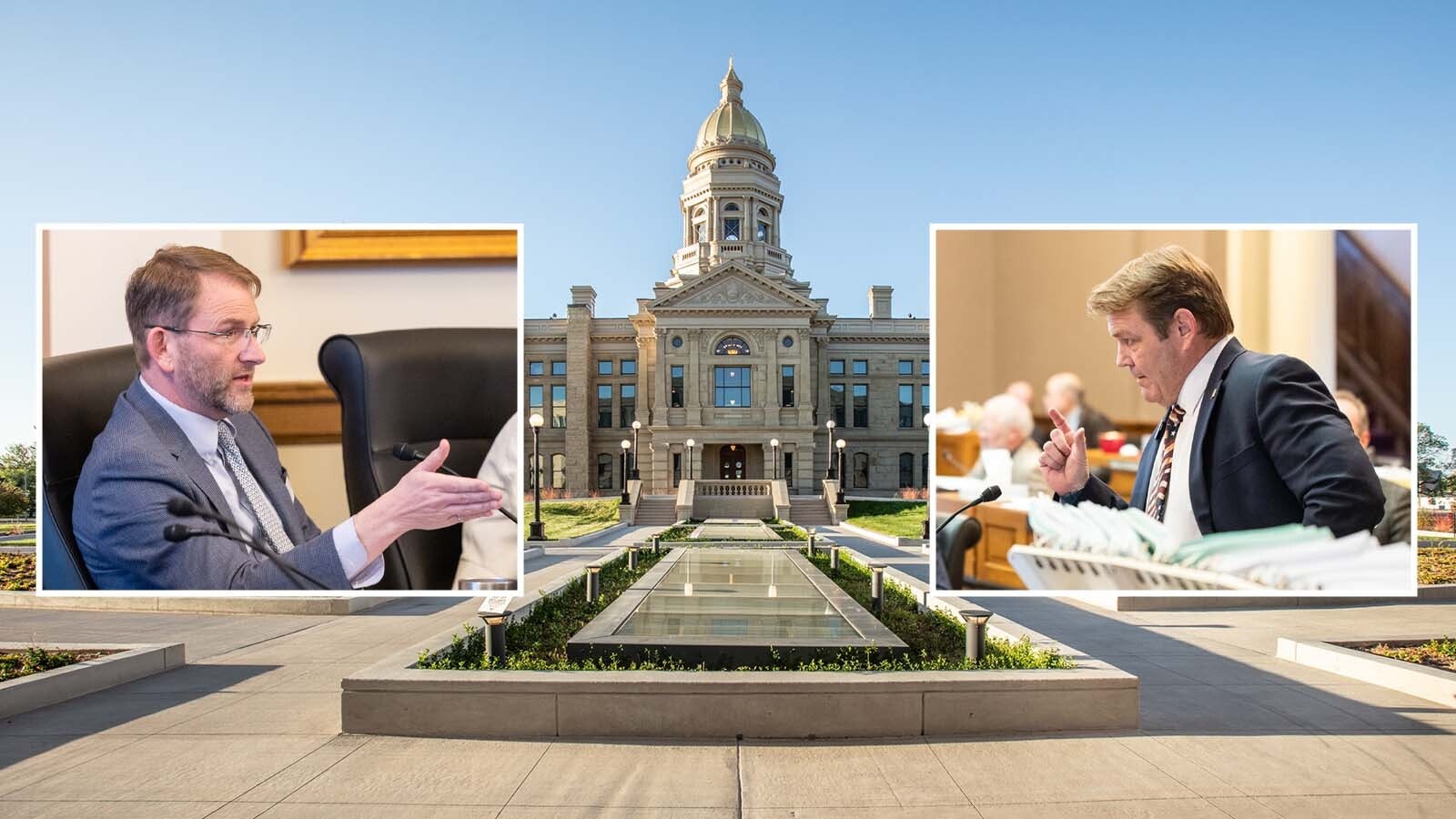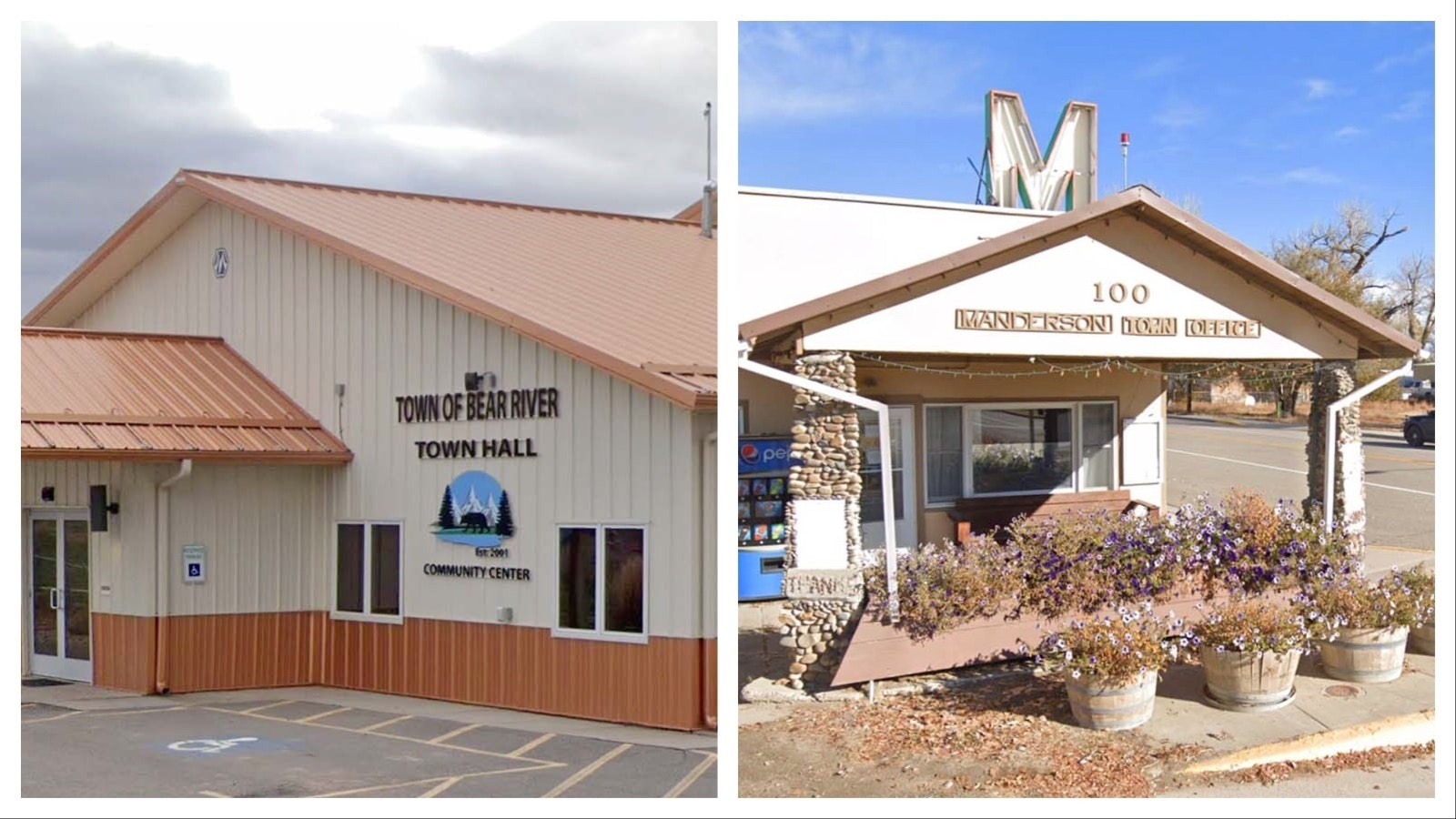The cost of construction work on the Capitol Square Project in Cheyenne is expected to run about $30 million over original estimates, due largely to changes in the project, according to state figures.
However, those extra costs were offset by reductions in other areas, keeping the project within budget, said Suzanne Norton, a Wyoming Construction Department project manager.
“We did not increase the budget,” Norton explained. “We just reallocated from within different sections of the budget.”
The Capitol Square Project involves the restoration and rehabilitation of the Wyoming Capitol and adjacent Herschler Building, as well as the addition of a central utility plant for the two. The state started setting aside funds as early as 2003 for the project, when the cost was estimated to cost about $305 million.
As of December, the value of contracts for work on the project was set at about $308 million, though that figure did not include requests for proposals currently under review which could increase the overall cost by millions of dollars.
Change orders
The cost of actual construction work on the project — referred to as construction services — was estimated at $223 million in 2015. In 2016, the Capitol Rehabilitation and Restoration Oversight Group first approved construction services contracts with a guaranteed maximum price (GMP) of about $219 million, Construction Department spokesman Travis Hoff said.
Mel Muldrow, a Construction Department administrator, said as of January, the project’s construction services contract were valued at about $248 million.
Increasing construction services costs didn’t happen overnight, but rather took place in increments throughout the course of the project, Muldrow said.
“Any building project — whether you’re remodeling your bathroom or the Capitol building — is going to have unexpected costs,” he said. “That’s why we have the contingency fund built into the overall budget.”
Muldrow said the GMP was slowly increased by a series of 53 change orders submitted between 2017 and 2020.
Change orders are primarily submitted by the contractor as the scope of work changes due to various unknown factors being revealed, such as increased abatement requirements or extended periods of bad weather.
“The way change orders work is you have a standard contract that says here’s what the contractor is going to do,” Muldrow explained. “But that contract is based off an estimate of work needed. If the contract was for the demolition of a single wall, but the contractor opened it up and realized two more walls need to be removed to complete the job as described, that may require a change order.”
Once submitted, the change order is reviewed by the architect, the program manager, the construction department and if the change order request was more than $100,000, it required approval from the oversight committee, Muldrow said.
‘Shifting money’
Once approved, change orders can range in cost from a couple of thousand dollars to millions.
Whatever the cost, Muldrow said after each change order, the construction department rebalanced the budget and reviewed new options for the project.
“It’s a matter of shifting money as we move along,” he explained. “We’re constantly balancing the money.”
Change orders are commonplace on a large project, so options are built into an estimate to give contractors flexibility.
“This project had a number of alternates, and if we needed the money elsewhere, maybe we wouldn’t do some of those alternates,” Muldrow said. “We’d do what we call value engineer the project. We’re not downgrading, but we’re approaching it from an angle we may be able to save money on.”
The paper trail of 53 change orders is thousands of pages long, but Muldrow talked through the process of some of the project’s most and least expensive changes.
Change order No. 1: $3.5 million
Executed Jan. 27, 2017, the project’s first change order was one of its biggest.
“It included 220 tons of structural steel — additional steel needed for the project — which is pretty costly,” Muldrow said.
Structural steel accounted for $1.6 million of the order and additional concrete added $1.2 million to the total.
“When they got into the Herschler building demolition, they realized there was a lot more work to be done than originally anticipated,” Muldrow said, explaining the building was torn down to its structural bones. “Of the nine line items in this change order, six are demolition related.”
In an email, Hoff explained not all change orders had a specific theme.
Change order No. 6: $2.9 million
Whereas most change orders have several line items, No. 6 was executed July 10, 2017, with a single line: structured and audio-visual cabling.
“In this change order, the architect and design group picked what pieces they wanted to install,” Muldrow said. “And when they did that, they issued a change order for a structured cabling package.”
Contractors give vendors a list of work, which vendors use to create a list of materials potentially needed for the job, he explained. Once given contract approval, Muldrow said the contractor returns to the vendor and modifies the parts order to fit his needs.
“The work was scheduled to be done,” Muldrow said, “but a cabling package had not been selected yet.”
Change order No. 11: $6,630
Some change orders remove projects while adding others.
In No. 11, executed Sept. 9, 2017, the allowance for elevator cab finishes for both the Herschler and Capitol buildings was reconciled by an additional $57,278 and more platforms and stairs were added for about $8,000.
But the change order also removed an approximately $59,000 arched ceiling for the House Chamber.
“They decided not to do it, creating a credit,” Muldrow said. “At the end of the day, the change order only turned out to be about $6,000.”
Paying the tab
The total for 53 change orders to date is about $29 million, but the budget only set aside $20 million in contingency funds.
Because project allowances are constantly being reconciled throughout construction, Norton said it’s difficult to determine what projects were abandoned and what options were changed to make up the $9 million needed beyond the contingency funds.
“Those funds are all within the project,” she said. “It’s just a matter of reallocating from line item to line item.”





